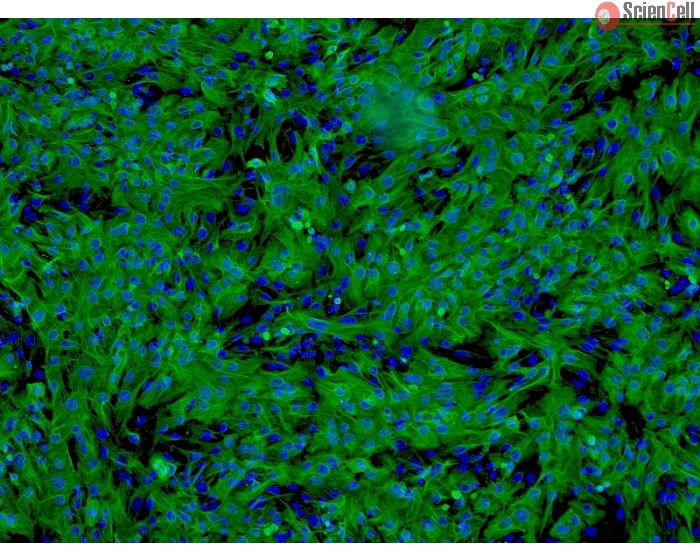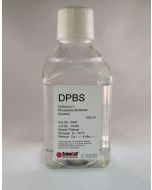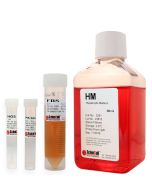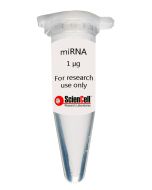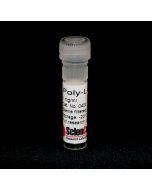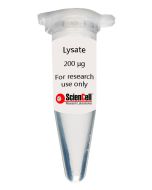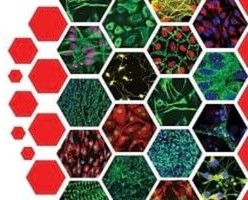Human Hepatocytes
Catalog No.
5200
HH from ScienCell Research Laboratories are isolated from human liver. HH primary hepatocytes are cryopreserved immediately after purification and delivered frozen. Each vial contains >1 x 106 cells in 1 ml volume.
$831.00
In Stock
